Russia to upgrade Tu-160 strategic bomber fleet by 2030, minister says
Russia is to upgrade its fleet of Tupolev Tu-160 supersonic strategic heavy bombers and may integrate new missiles on new and upgraded aircraft by 2030, Deputy Defense Minister Yuri Borisov said.
“We are going to purchase the entire fleet of our strategic Tu-160 bombers in their new version and carry out heavy upgrade of operational aircraft where only the fuselage will remain while all the onboard radio-electronic equipment and engines will be replaced,” Tass reported Borisov as saying on Wednesday, March 21.
Speaking to the media in Samara at the Kuznetsov Enterprise which produces long-range aircraft engines, Borisov said that the upgraded aircraft – designated Tu-160M2 – will have an increased operational range.
Kuznetsov Enterprise produces engines for the Tu-160, Tu-95 and Tu-22M3 and is developing a new version of the NK-32 engine for the Tu-160M2.
“In its upgraded version, it [the engine] will be 10% more efficient, which will make it possible to increase the flight range of the strategic bomber by about 1,000 km,” Borisov said.
“We will get the renewed fleet of strategic aircraft somewhere by 2030,” Borisov added.
The upgrades will apparently include some stealth technologies, with Borisov saying the aircraft will be less visible “due to special coatings.”
The minister also said that new weapons may be integrated on the aircraft.
“Alongside, we are developing new airborne weapons, and you can’t compare the Tu-160 plane with the Kh-55, Kh-550 and even Kh-101 missiles and the plane, which we hope to get serial-produced by the 2030s with new airborne weapons that will have quite different ranges,” Borisov said.

The Tu-160 (NATO reporting name Blackjack) is a supersonic, variable-sweep wing heavy strategic bomber designed by the Tupolev Design Bureau in the 1970s.
The aircraft first flew in 1981 and entered service in 1987, and is the largest plane with a variable-sweep wing.
The current version is capable of flying at over Mach 2 at altitude, while it cruises at Mach 0.9. Its combat radius is around 7,300 km (4,536 miles).
Its two internal weapons bays can carry up to 40,000 kg (88,000 lb) of free-fall weapons or rotary launchers for nuclear missiles.
The Tu-160 modernization programme has been underway for some time, with various aircraft numbers and due dates claimed.
In 2015, Russian defence minister Sergei Shoigu said Tu-160 production would resume, and the then-Commander-in-Chief of the Russian Air Force, General Viktor Bondarev said at least 50 new-build Tu-160s would be purchased.
At that time, the fleet of around 15 Tu-160s was undergoing modernization that was then due to be completed in 2019.
In November, a newly assembled Tu-160M2 built on an earlier unfinished airframe was unveiled. Deputy Prime Minister Dmitry Rogozin said serial production of new Tu-160M2s would begin in 2019 with deliveries to the Russian Air Force in 2023.
In January, Russian President Vladimir Putin said a 160 billion rubles ($2.9 billion) contract for 10 aircraft was “to be signed shortly,” and that the this would mean aircraft production would be “operating at full capacity through 2027.”

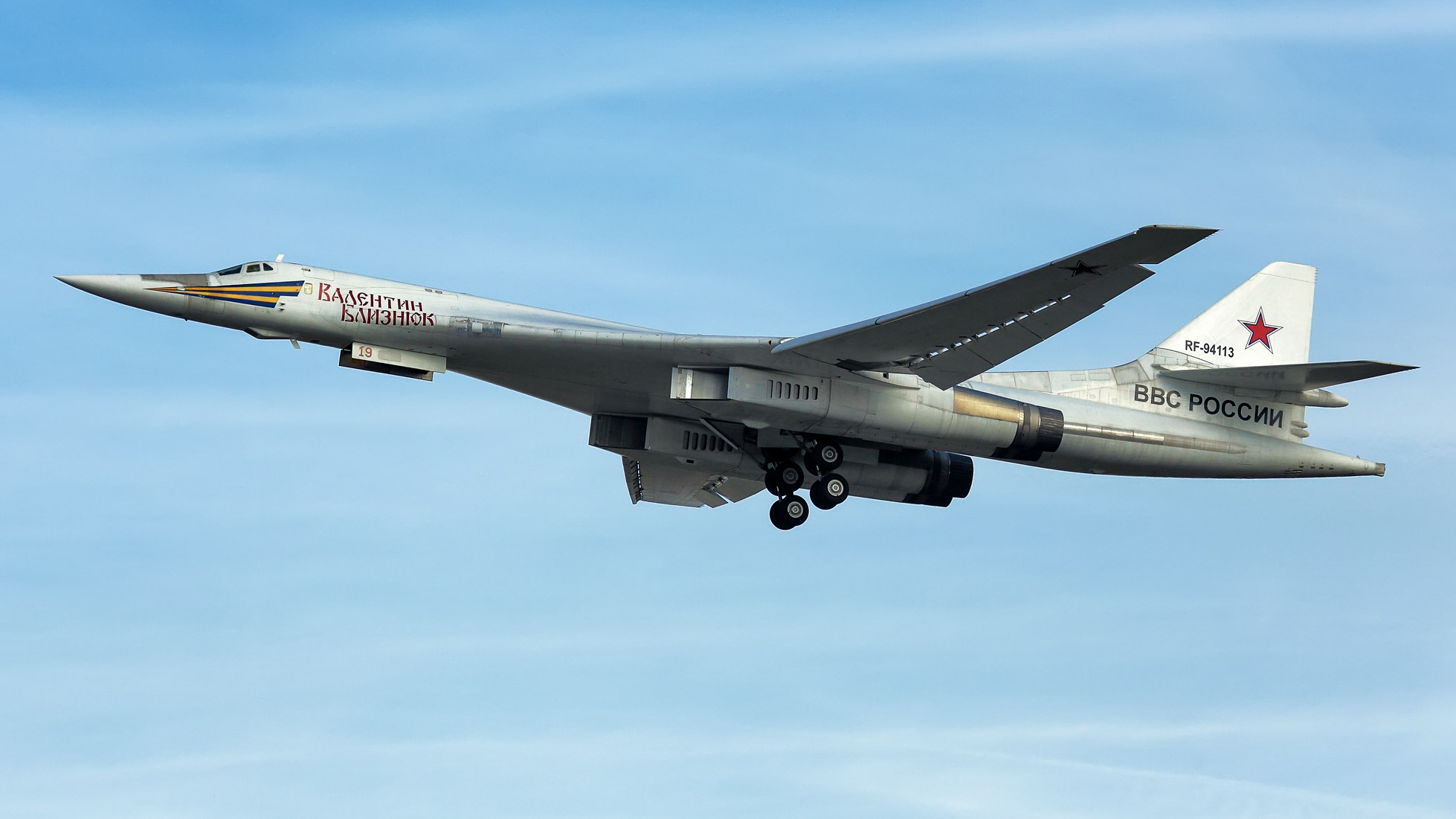
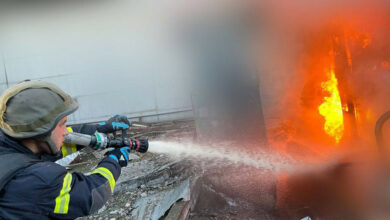
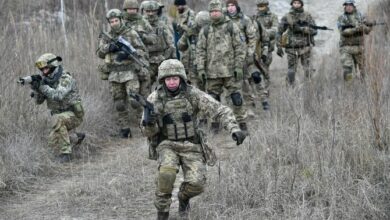
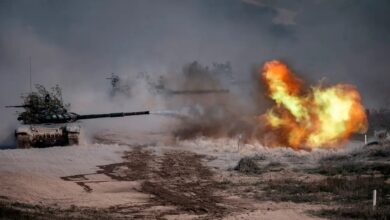

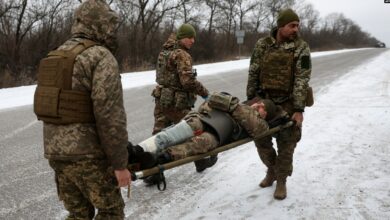
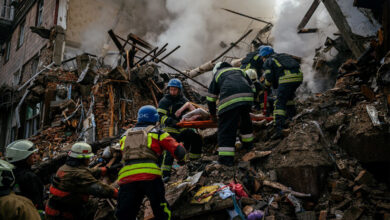

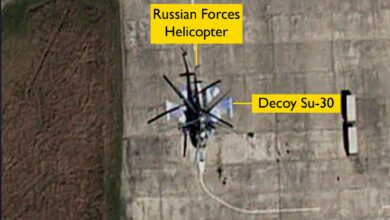
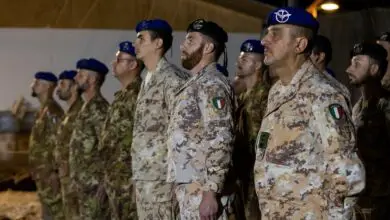
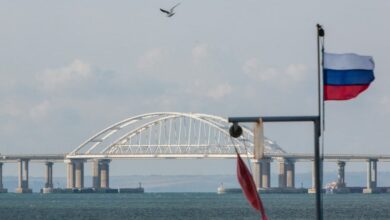
One Comment